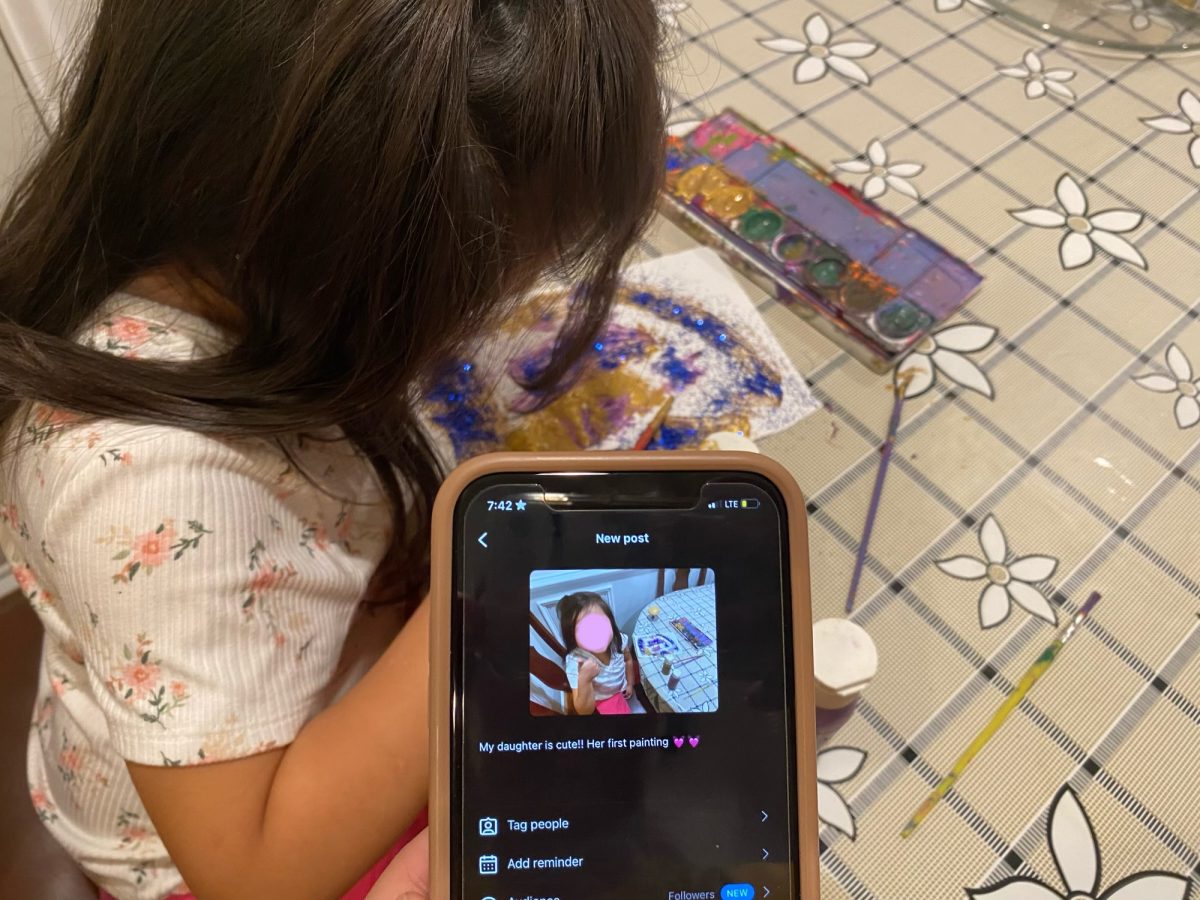Getting behind the wheel might seem scary at first for some, especially considering that road traffic accidents are one of the leading causes of death globally. According to the CDC, over 1.3 million people are killed on the road each year. Staying safe on the road should be your biggest priority, but this means more than just keeping your hands at 4 and 10 o’clock and buckling your seatbelt.
That being said, here are five ways to keep yourself and other drivers safe on the road.
1 PREPARE BEFOREHAND
Before you even turn on your car, you should take measures to ensure you do not run into any issues on the road. Make sure your surroundings are safe, check around and under your car before you even step in. Do the obvious things like putting on your seatbelt and properly adjusting your mirrors, too.
Also, since we all know they’ll be a distraction, just put the phone away. You can set your phone to respond to texts that let other people know you’re driving. Even at red lights, keep your eyes focused on the road, not your phone screen. Unless you absolutely need to, don’t use your phone when you’re at the wheel.
Making these simple things a habit will be a large step to keeping everyone safe on the road.
2 USE YOUR INDICATORS
Your turn signals aren’t there just to look like pretty flashing lights. As a driver, they’re pretty much the only way to communicate with other drivers and let them know what you want to do.
It’s not only irritating when you neglect your blinkers, it’s also plain dangerous. Making a sudden turn with no indication won’t let the drivers behind you react in time, and it could lead to a collision.
Your turn signals alerts drivers if you want to merge into their lane or if you plan to turn at the next stop sign, so they can respond accordingly and slow down.
3 DRIVE SAFE, NOT SLOW
While speeding is dangerous, driving too slowly can have the same effects. For new drivers, perhaps driving cautiously does entail driving slowly. Your movements behind the wheel and the way you recognize hazards aren’t coming as quickly as they will maybe a year after your license, so maybe you should take it a little slow at first.
But keeping up with traffic is also an important factor in staying safe on the road. Driving too slowly can disrupt the flow of traffic and confuse other drivers. It can also be dangerous to you if someone is distracted and doesn’t notice how slow you’re going and ends up rear-ending you. Learning to follow the speed limits, merging into different lanes, and moving onto the highway where traffic is a lot faster while at the same time being comfortable doing so is an important skill to have.
4 MAINTAIN YOUR VEHICLE
Staying safe on the road also means driving a safe vehicle. There’s several checks that you can do weekly, monthly, and annually on your car that ensures it’s in tip-top shape to be operated. Even decades old cars will give you a heads up if your oil or battery needs a change, or if your tire pressure is low, so there’s really no excuse for this one.
If you’re going to be driving in heavy rain, check your windshield wipers beforehand and make sure you have good tread on your tires so you won’t run into issues on the road. If you know you can’t drive well in the rain or ice, maybe it’s better to reconsider and stay home that day or find an alternative mode of transport like the bus.
5 BE AWARE OF YOUR SURROUNDINGS
The space around your car is like your personal bubble: you don’t really want it to be popped. It’s important to have a lot of situational awareness when you get in the driver’s seat. Scan the road and check your mirrors often. Check yours and other drivers’ blind spots, making sure to stay out of them and the drivers can actually see you.
You must be able to notice potential hazards and be proactive to avoid them. Keep a comfortable amount of distance between you and the next car so you have time to react if anything happens. Three seconds of following distance is generally recommended in normal conditions, but you should increase it if unfavorable conditions arise.
And while you might be following the laws of the road, others may not. You should keep note of this and keep in mind that they will not be driving predictably, so maybe you move out of their lane to a safer one.






